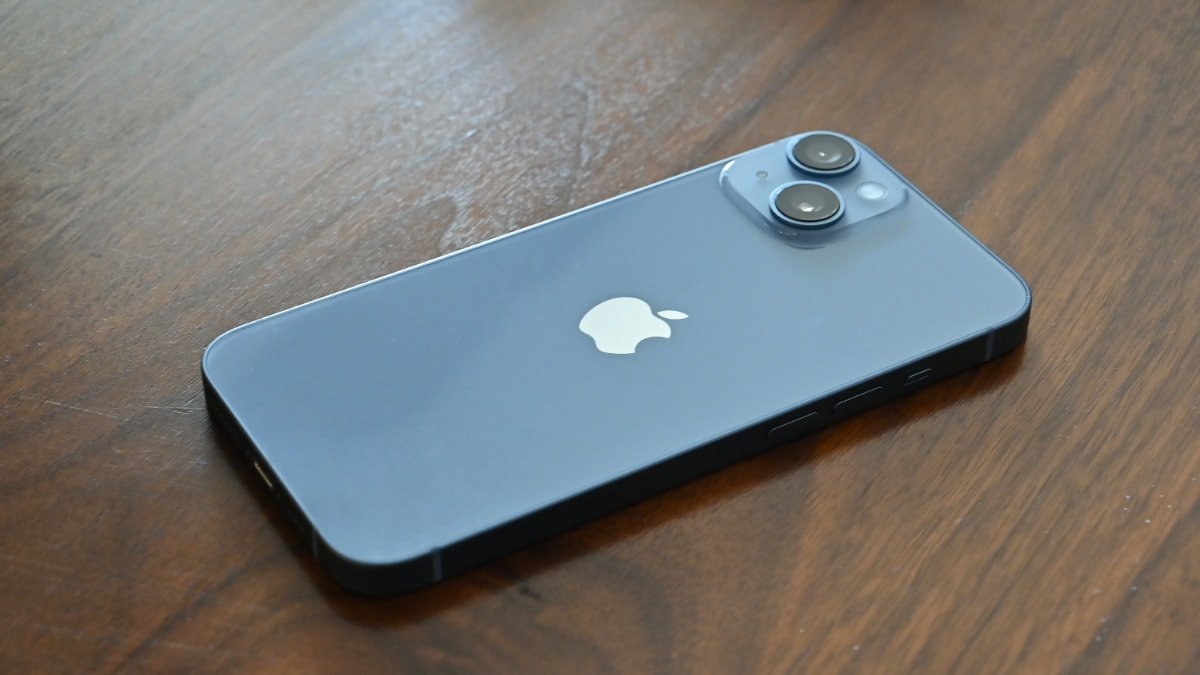The iPhone's slice of the smartphone activation pie has shrunk to its smallest size in six years, marking a concerning trend for Apple as it grapples with the longest gap yet between its iPhone releases.
The latest data reveals that the iPhone now accounts for only one-third of all new smartphone activations in the US, a significant decline from its 40% share over the past year, as noted by Consumer Intelligence Research Partners (CIRP).
Apple's once-dominant position in the smartphone market is now under threat as it faces fierce competition from Android devices, which now hold a commanding two-thirds share of new activations. The shift in market dynamics mirrors the situation six years ago when iOS and Android pushed out competitors like Blackberry and Windows.
Several factors contribute to the activation decline. As smartphone prices have soared, so has their durability, encouraging users to hold onto their devices longer.
iPhone's proportion of new phone activations (among recent smartphone buyers, evaluated over twelve-month periods ending each quarter)
The evolution from two-year subsidized purchase contracts to more transparent buying plans has also played a role, allowing consumers to postpone upgrades.
The extended lifecycle of smartphones has primarily impacted Apple since it has traditionally relied on frequent upgrades to boost sales. The current slowdown in sales activation share is a critical indicator of changing consumer behavior in the smartphone market.
People are becoming less inclined to upgrade devices as quickly as before, possibly waiting for more substantial updates or shifts in technology. Whether this trend represents a temporary hiccup or a long-term change in consumer purchasing behavior remains a question.

